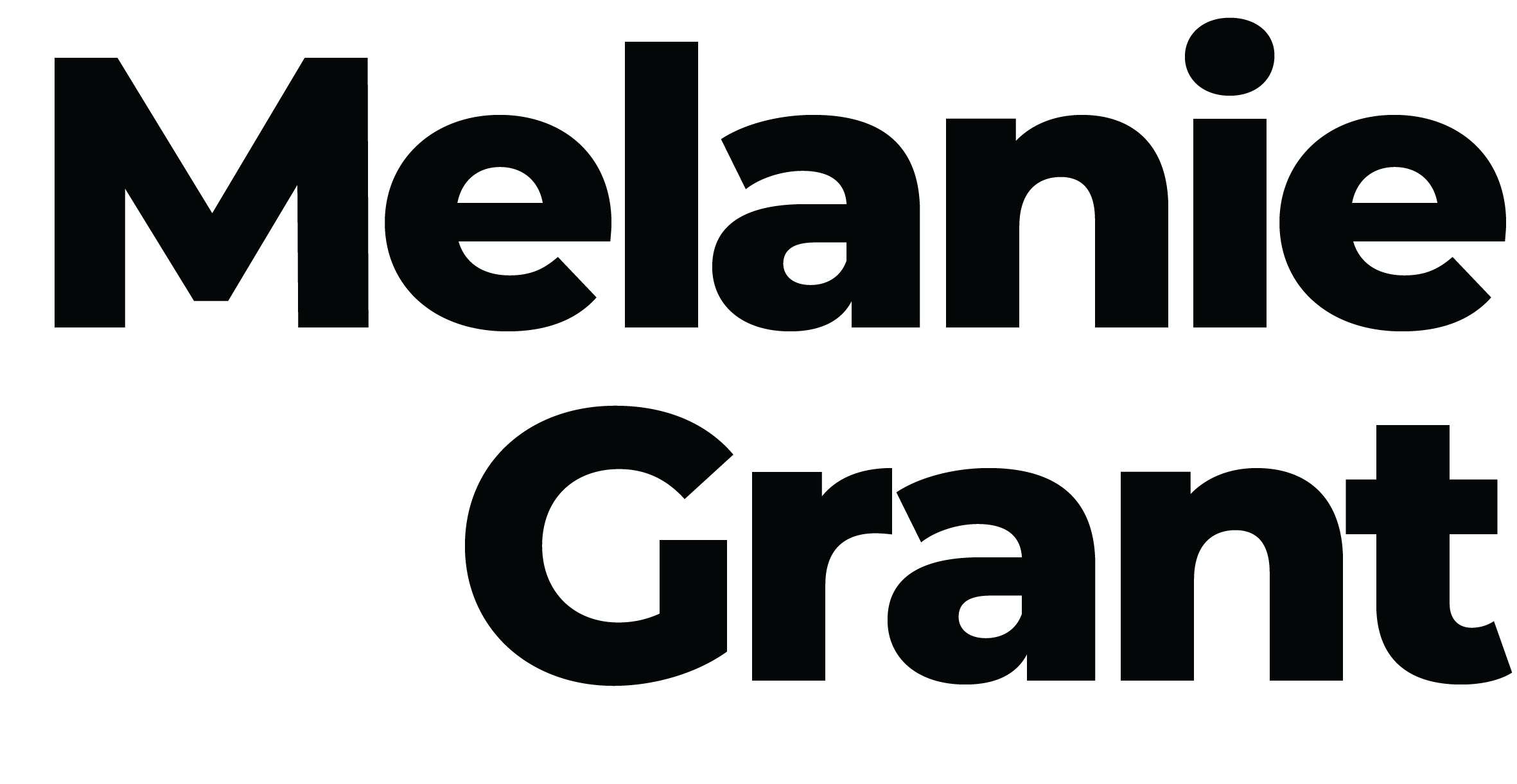What is it?
Picoway is an innovative type of laser that works with light but without heat, making it a safe and effective option for darker skin tones who may be contra-indicated to IPL lasers, or for those concerned with hormonal pigment that can actually be triggered by heat. It works by shattering pigment and re-texturising the skin using a unique handpiece that targets the skin at 1 trillionth of a second – a picosecond. This application technique disperses pigment to be metabolised by the lymphatic system or to be sloughed away and discarded by the body.
Why we recommend it?
Picoway offers a revolutionary treatment option for target acne scarring, pigment inconsistencies, laxity, fine lines and dullness in a broad range of skin tones – from Fitzpatrick 1-5. It provides an alternative for those seeking brightness, lift and an increase in skin density without the downtime normally associated with IPL lasers. Picoway is praised not only for its ability to effectively remove tattoos, and hormonal, sun-induced and post-inflammatory pigment for it’s but to rapidly stimulate collagen and elastin and glycosaminoglycans to leave the complexion supple, hydrated, firm and with a restored youthful elasticity.
Expected Downtime
Picoway is associated with minimal downtime that is considered “social” in nature. Some heat, mild redness, swelling, darkening of pigmentation and dryness can all be expected. Any heat and swelling should subside within 24 hours of the treatment, though surfaced pigment can take up to 14 days to lighten on the surface as it is metabolised through cell turnover the lymphatic system. As always, be diligent with your sun care and be mindful of your sun exposure and do not use actives like retinol, AHAs or BHAs for 72 hours post treatment.
Urticaria may be present for some clients. This can take 3-4 days to subside and is best treated with an antihistamine. This is an immune response and it very common after Picoway.
Recommended Treatments
Depending on your skin type and unique set of concerns, 3-6 treatments roughly 4-6 weeks apart is recommended.
